The Streak Continues: 206
It is now just before 9:00am here on yet another sunny morning here at Indian Lake Estates. The afternoon thunderstorms will be coming for sure. This post took abut 3 hours to prepare. Enjoy and learn.
This post marks 206 consecutive days with a new blog post. With so many folks getting in the habit of using our B&H links and our Amazon logo-links why quit now? April, May and June have been fantastic as lots of folks are getting the message; using my affiliate links does not cost you a penny and helps support my efforts here. To show your appreciation, I do ask that you use our the B&H and Amazon affiliate links on the right side of the blog for all of your purchases. Please check the availability of all photographic accessories in the BIRDS AS ART Online Store, especially Gitzo tripods, Wimberley tripod heads, and the like. We sell only what I have used and tested, and know that you can depend on. We will not sell you junk. We know the tools that you need to make creating great images easy and fun. And we are always glad to answer your gear questions via e-mail.
You can find the following items in the store: Gitzo tripods, Mongoose M3.6 and Wimberley heads, plates, low feet, and accessories, flash brackets, , Delkin e-film Pro Compact Flash Cards, LensCoat products, and our unique line-up of educational materials including ABP I & II, Digital Basics, Site and Set-up e-Guides, Canon and Nikon Camera Users and AF e-Guides, and MP-4 Photoshop video tutorials among others.
I would of course appreciate your using our B&H affiliate links for all of your major gear, video, and electronic purchases. For the photographic stuff mentioned in the paragraph above we, meaning BAA, would of course greatly appreciate your business. Here is a huge thank you to the many who have been using our links on a regular basis and visiting the BAA Online store as well.
|
This image was created at Fort DeSoto at 7:45am in the shade of a stand of large Australian pines on May 9 with the hand held Canon EF 300mm f/2.8L IS II USM lens, the Canon Extender EF 2X III, and the Canon EOS-1D X. ISO 800. Evaluative metering + 2 2/3 stops off the water: 1/500 sec. at f/5.6 in Manual mode. AWB. 61-Point/AI Servo-Surround/Rear Focus AF as framed activated 2 sensors on the bird’s face and was active at the moment of exposure. Click here to see the latest version of the Rear Focus Tutorial. Click on the image to see a larger version. Image #1: Tricolored Heron swallowing small baitfish |
What Does the 300mm f/2.8L IS Have Over the 200-400mm f/L IS with Internal Extender?
One of the advantages that the 300 II has over the Canon 2-4 with Internal Extender is its lighter weight. At 5.19 pounds the 300 II is exactly 2.79 pounds lighter than the 200-400 that comes in at 7.98 pounds. The nearly 3 pound advantage goes hand in hand with the the 300II’s smaller physical dimensions. In tandem, these combine to make the 300II eminently more hand holdable than the larger, heavier 200-400. While some folks can easily hand hold the 200-400 for a full day of shooting, I am not in that group.
The foraging Tricolored Heron in the image above was chasing fish along the shore, moving at a good pace from north to south. In order to maintain a nice subject size in the frame, I moved along with the bird. As it was actively fishing and catching, the bird paid me no attention at all. In order to stay mobile, I remained standing. While it is relatively easy to hand hold the 200-400 while seated–see the knee-pod blog post coming here very soon–hand holding the 2-4 while standing is a completely different story even when you are using the proper technique. So the big advantage when hand holding for action while standing goes to the 300 II.
|
This image was created at Fort DeSoto at 6:30pm on the sunny afternoon of May 9 with the hand held Canon EF 300mm f/2.8L IS II USM lens, the Canon Extender EF 2X III, and the Canon EOS-1D X. ISO 400. Evaluative metering -1/3 stop as framed: 1/2000 sec. at f/7.1 in Manual mode. AWB. Central Sensor/AI Servo-Surround/Rear Focus AF as framed on the base of the far wing just above the bird’s head was active at the moment of exposure. Click here to see the latest version of the Rear Focus Tutorial. Click on the image to see a larger version. Image #2: Breeding Plumage Laughing Gull in flight |
Hand Holding for Flight
I find it possible to hand hold the 200-400 for flight for short sessions. On the sea-eagle boat in Japan, I had to quit after about an hour and put the 2-4 onto the tripod with the Mongoose M3.6. While I made some good images off the tripod it is simply more difficult to shoot flight off the tripod than when hand holding. Hand holding the 300 II for flight even with the 2X III TC in place (as here) is much less taxing on the arm and shoulder muscles than hand holding the 200-400 with Internal extender. Most folks, but surely not all, will be able to hand hold the 300 II for long flight photography sessions.
|
This image was created 9:02am on the cloudy morning of May 11 at Fort DeSoto with the hand held Canon EF 300mm f/2.8L IS II USM lens, the Canon Extender EF 2X III, and the Canon EOS-1D X. ISO 640. Evaluative metering +1 stop as framed: 1/500 sec. at f/10 in Av mode. AWB. Central Sensor/AI Servo-Surround/Rear Focus AF as framed that just caught the front of the bird’s breast was active at the moment of exposure. Click here to see the latest version of the Rear Focus Tutorial. Click on the image to see a larger version. Image #3: Breeding Plumage Short-billed Dowitcher |
Increased Mobility
With its significantly lighter weight and smaller size, approaching birds and getting down and up off the beach when sitting with the 300 II is easier to some degree than doing the same with the 200-400. And if you are lying flat on the beach, you can double that advantage. Being freed from having to use a tripod makes stalking birds and getting into position relatively easy for those who know the birds and their behavior. The best way to learn beach birds and their behavior is to join us on the Nickerson Beach IPT.
|
This image was created at 6:41pm at Fort DeSoto Park on the sunny afternoon of May 11 with the hand held Canon EF 300mm f/2.8L IS II USM lens and the Canon EOS-1D X. ISO 400. Evaluative metering +1/3 stop as framed: 1/5000 sec. at f/4 in Av mode. AWB. Central Sensor/AI Servo-Surround/Rear Focus AF as framed on the side of the bird’s upper breast was active at the moment of exposure. Click here to see the latest version of the Rear Focus Tutorial. Click on the image to see a larger version. Image #4: Female winter plumage Red-Breasted Merganser flapping |
Focal Length Flexibility
While the 300 II will never match the infinite framing possibilities that come with the 200-400, adding, or as above, removing a TC gives you three different focal lengths: 300mm with the prime lens alone, 420mm with the 1.4X III TC, and 600mm with the 2X III TC. The lady merganser above had been standing up and flapping on a regular basis every five minutes close to half an hour. Having gotten tired of clipping the wings at 600mm, I removed the 2X, approached the bird slowly, sat down without much ado, and went to work.
Head Angles
Note the absolutely perfect head angles in the tricolored, dowitcher, and merganser images; in each of those, the bird’s head is turned about 2-3 degrees toward the viewer. To learn more about head angle, see the BPN Head Angle Fine Points thread here. I began this thread on August 7, 2010. With 392 replies and 39,587 views it has grown a bit since then….
This comment from new BPN member Sandy Vitvoet:
As always, ROCKIN’ images and education, Artie!
There is a large collection of great tutorials in the Education Resources Forum on BPN. And they are all free.
Your Favorite?
Please take a moment to leave a comment and let us know which of the four images you like best and why.
Good Writing & Human Interest
Even if you never heard of the late Tony Gywnn and even if you hate baseball, you need to click here and read David Johnson’s Deadspin blog post. It pretty much has nothing at all to do with how great Tony Gywnn was as a hitter and everything to do with how great he was as a person. There are many lessons there for all of us and some of the finest writing you will ever come across.
Nickerson Baby Beach-nesting Birds IPT: 3-Full Days/July 15-17, 2014: $1199. Introductory meet and greet: 8pm, Monday, July 14, 2014. Co-leaders Arthur Morris and Denise Ippolito. Limit 12.
With a relatively small group pretty much guaranteed, do consider joining us on Long Island, NY this coming July to photograph Black Skimmers–it’s looking like a great year for skimmer nesting, Common Terns with chicks, American Oystercatcher families, and possibly some just-hatched Black Skimmer chicks. The opportunities will include chances to photograph a variety of breeding behaviors including courtship feeding, display flight and combat, and copulations. Car-pooling is recommended; if we opt to return to the beach before 5pm on cloudy days for example) there is a $30/vehicle parking fee that is not included so it is best to share that expense. Parking in the morning is free.
Because of the late date, your non-refundable payment in full is due when you register.
Please print, complete, and sign the form that is linked to here and shoot it to us along with your deposit check (made out to “Arthur Morris.”) Though we prefer a check, you can also leave your deposit with a credit card by calling the office at 863-692-0906. If you register by phone, please print, complete and sign the form as noted above and either mail it to us or e-mail the scan.
If you have any questions, please feel free to contact me via e-mail
Be sure to like and follow BAA on Facebook by clicking on the logo link upper right. Tanks a stack!
Support the BAA Blog. Support the BAA Bulletins: Shop B&H here!
We want and need to keep providing you with the latest free information, photography and Photoshop lessons, and all manner of related information. Show your appreciation by making your purchases immediately after clicking on any of our B&H or Amazon Affiliate links in this blog post. Remember, B&H ain’t just photography!
Amazon Canada
Many kind folks from north of the border, ay, have e-mailed stating that they would love to help us out by using one of our affiliate links but that living in Canada and doing so presents numerous problems. Now, they can help us out by using our Amazon Canada affiliate link by starting their searches by clicking here. Many thanks to those who have written.
Typos
In all blog posts and Bulletins, feel free to e-mail or to leave a comment regarding any typos, wrong words, misspellings, omissions, or grammatical errors. Just be right. 🙂

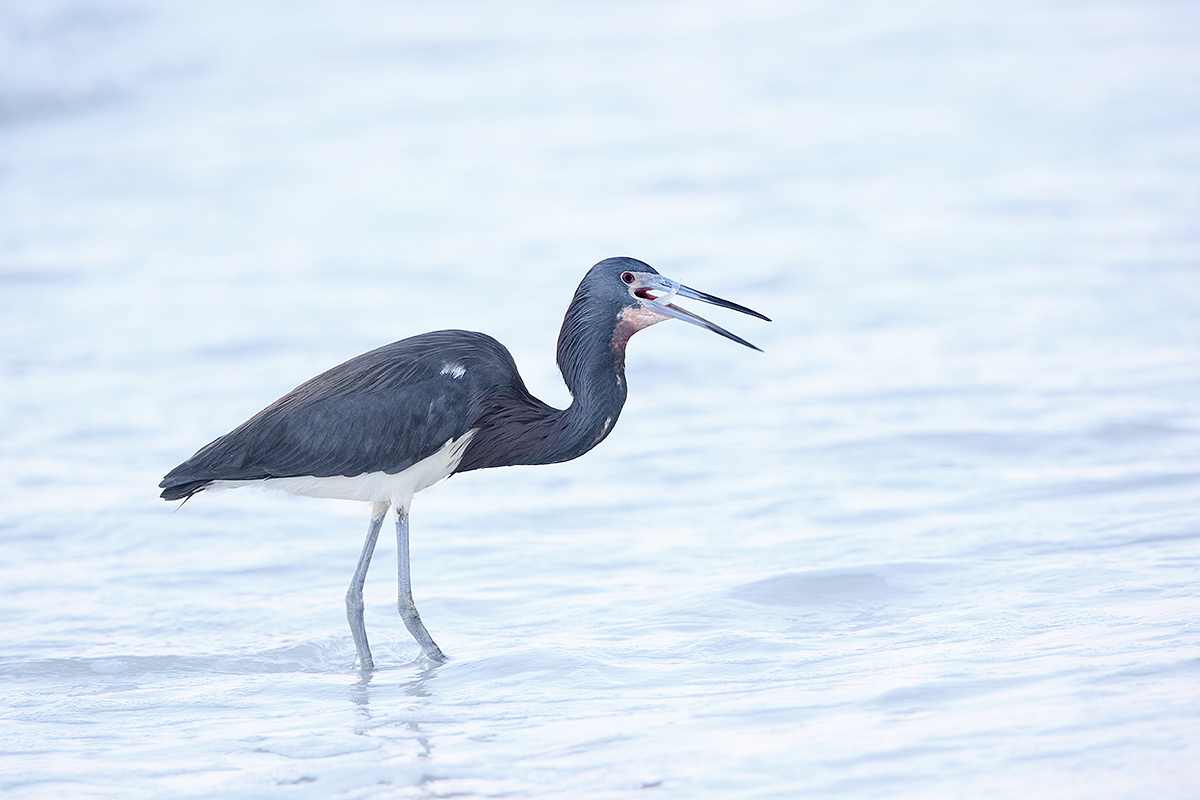
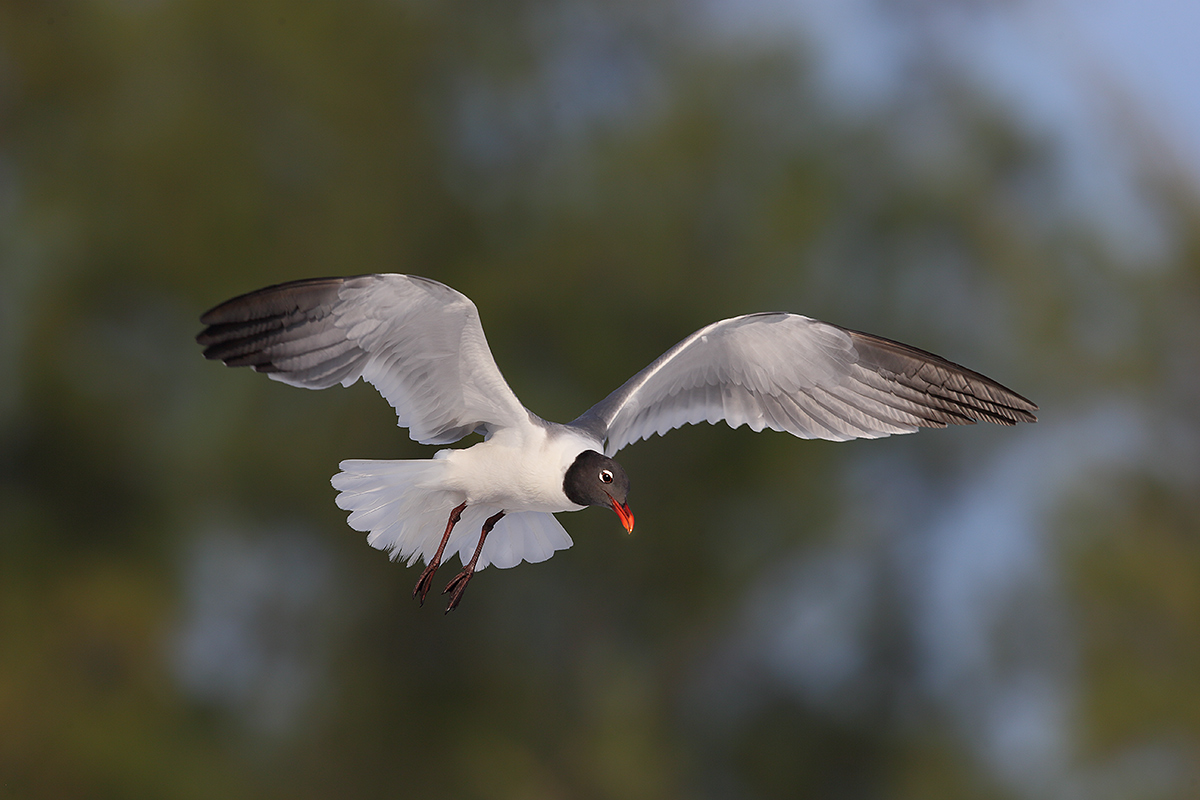
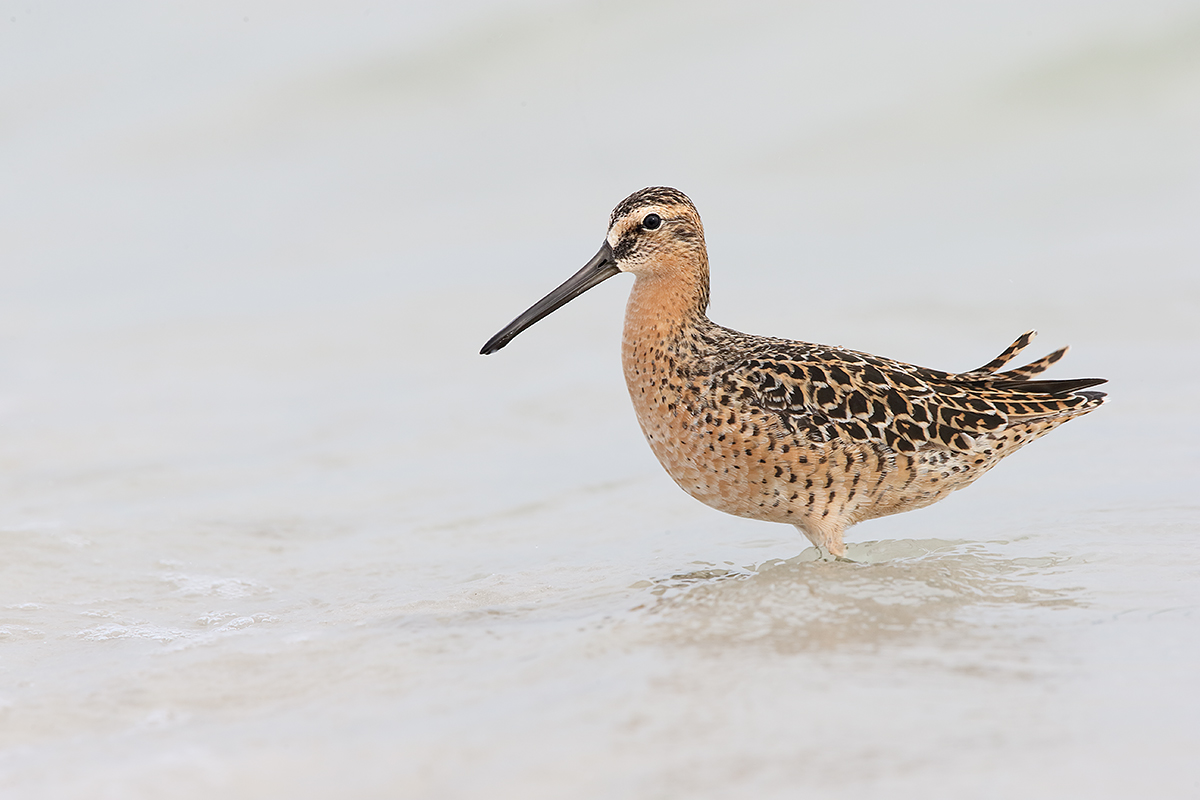
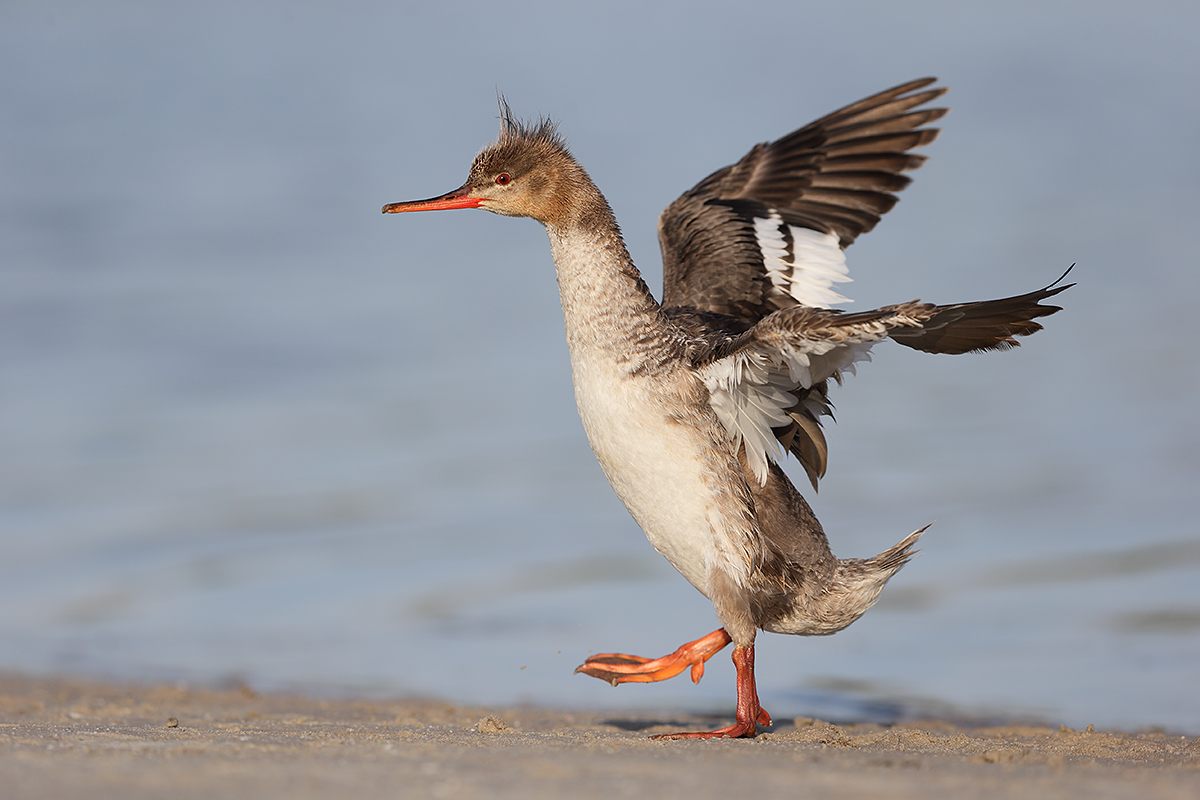
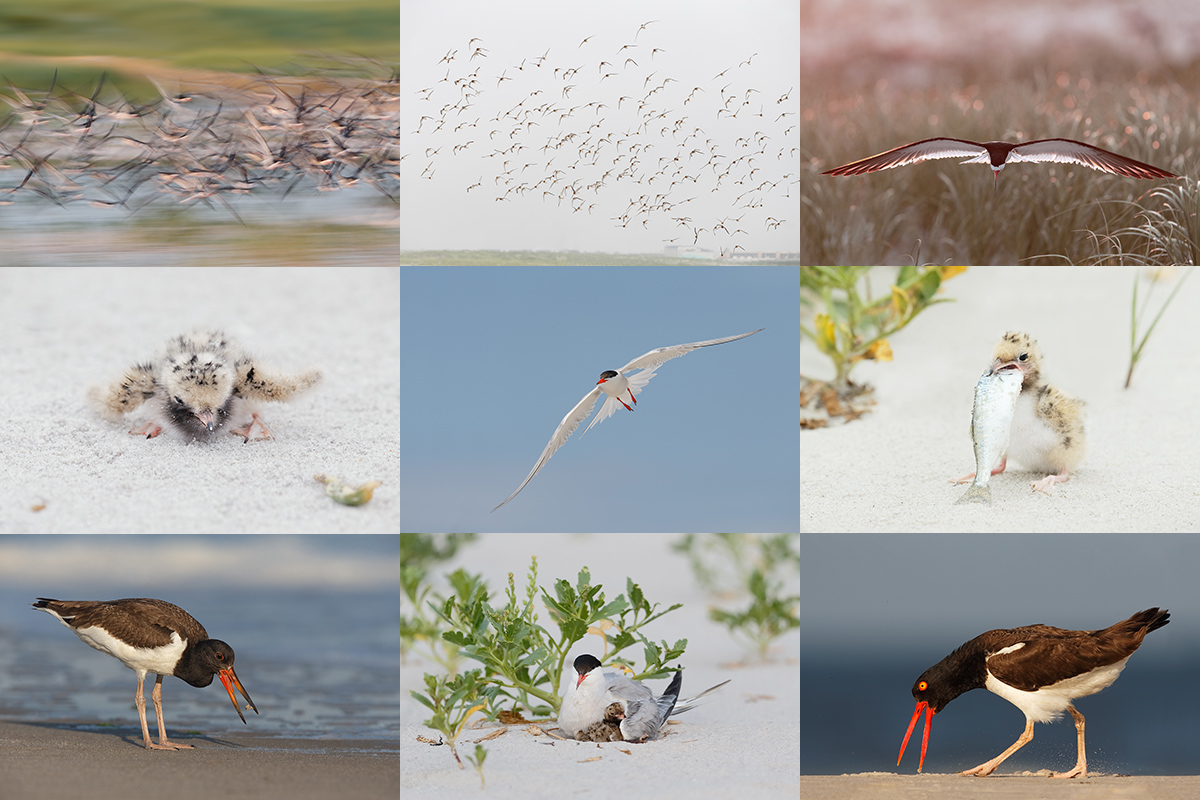













Thanks for this entry. The 200-400 vs the 300/2.8 is something I had ben wondering about. I need to fill in that space between the 70-200 and the 500. You’ve made a compelling argument. I value your advice and am grateful for both baa and bhp.
Jim
Hey Jim, Remember that the 200-400 is a much better fit with a 600 than with a 500…. If you do lots of birds in flight the 300 II might be best for you… What are you thinking? Either way we would appreciate your using our B&H affiliate link for your purchase. Thanks. artie
Thanks for the response, Artie. I’m 70 and weight is important. So, the 500 is my lens of choice for BIF. I’m glad to read what you say about the 300. It confirms my thoughts – and my lust. Grateful for your blogs and am eager to become a customer.
Hi, Artie, and thanks, especially for David Johnson’s beautiful piece on Tony Gwynn; it brought tears to my eyes. And a smile; I haven’t seen Bip Roberts mentioned in decades. Have you thought of sending it to Best American Sportswriting? They do an annual book and welcome submissions of other people’s writing. One last thing about Gwynn; he died of cancer in his mouth, which he attributed to his use of smokeless (chewing) tobacco, and great man that he was, he spent his last years trying to warn others not to use it. Anyway, thanks again. My favorite image is of the dancing merganser. How often do you see a bird dancing? It’s wonderful.
Hi Artie, I find even the 300/2.8 too heavy for me to hand-hold, so have gone to the 400/4 DO. Although this is very slightly less sharp than the 300/2.8, I do not find this to be a problem, and the lighter weight helps me a lot. Perhaps the 400/4 DO is getting somewhat lost in the recent excitement about the 300/2.8, which is a shame for those who might be looking for a lighter compromise. I know you have used the 400/4 DO a lot in the past, and I wonder why you are not recommending it now?
Hi John,
Though the difference in weight is only 14.56 ounces, a bit less than a pound, I can fully understand your choice. Though I have opted for the slightly sharped and heavier 300 II, I still recommend the 400 DO. You need to read all the blog posts 🙂 See here:
https://www.birdsasart-blog.com/baa/2014/05/23/the-canon-400mm-f4-is-do-lens-fourteen-images-that-prove-that-the-internet-experts-are-as-usual-idiots/
Right now we have another 400 DO for sale on the Used Gear page for those who want to save $$ and lbs. artie
Love the merganser auditioning for the ministry of silly walks.
My fav is the Red-breasted Merganser. I rarely see one out of water so that makes this especially enjoyable. Also a fabulous pose of open wings, raised leg and alert head position!
Artie: What a terrific article about Tony Gywnn by David Johnson thanks so much for pointing me there! I’m not much of a “baseball fan”, but absolutely love reading articles such as this one about SPECIAL PEOPLE in life. Considering Tony’s apparent personality, he must have known he had a special “assignment” in life and that was to be a subtle yet bright light to as many people as he could during his journey in life. What a treasure he was and still is to those who crossed his path. Thanks again for heads-up on the article.
🙂
I fully sympathize with the weight problem for us older folks who like to take photos of flying birds. In my case and at my age (77), I’m afraid even the 5 pounds of the 300 may be too much. I’m sticking with the 3 pound 100-400. I seem to have a good one as it takes tack sharp photos. Also, I find a zoom to be very useful and I like the push-pull zoom feature. One problem I have with long primes is finding the bird in the viewfinder. My technique is to locate the subject at 100 mm and then just push out to 400 and there it is.
If it ain’t broke, don’t kix it! Virtually all of the 100-400s are sharp. It’s almost always the operators who are not that sharp…. Enjoy. artie
I, too, am an older person who can’t carry a lot of weight. I have the 100-400 lens. Would you recommend using this lens with the 1.4 or 2x extenders? I use the 5D Mk III body. I will be going to photograph polar bears and need the longest lens possible – with the lightest weight. I have borrowed the 800mm lens from Canon. Sweet but very heavy. Very sharp. I am a sharp nut. It must be sharp.
I am OK with you using the 1.4X TC on the 100-400 but only if you are on a tripod… It will AF slowly with a 5D III. Have a great trip. artie
Thx. Would the 1D-X be more responsive to AF with the 100-400 w/ 1.4x?
Absolutely. The more powerful battery drives AF more quickly. artie